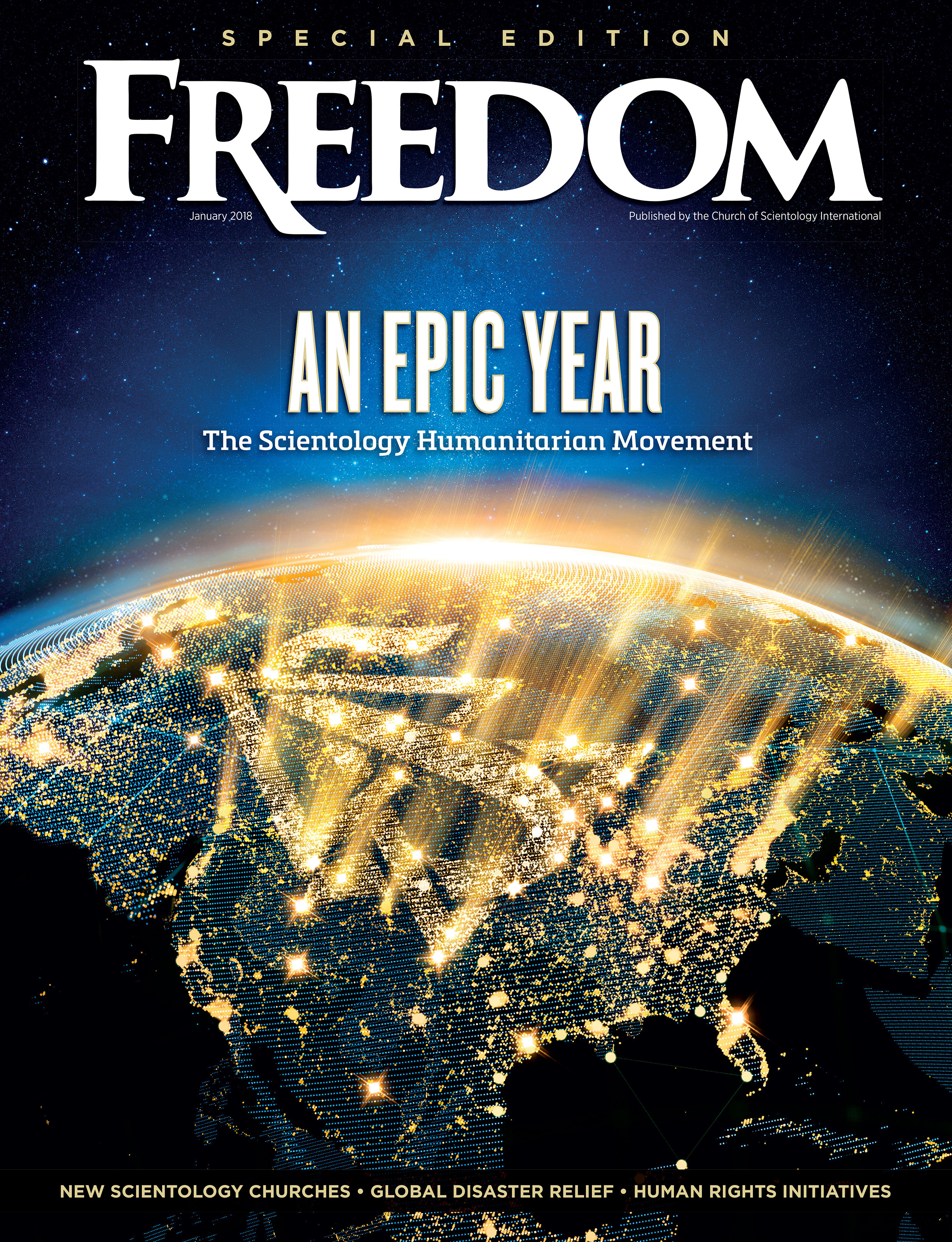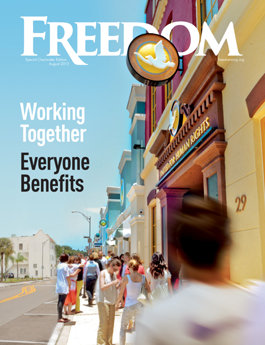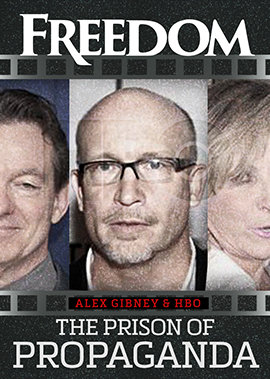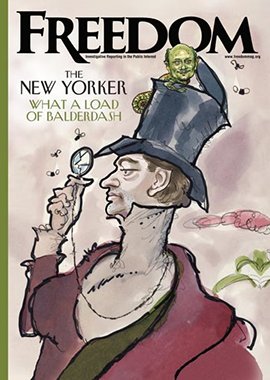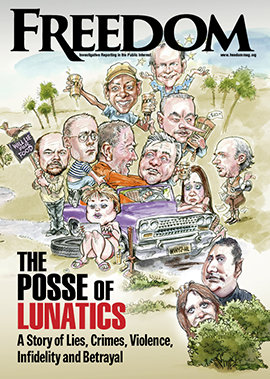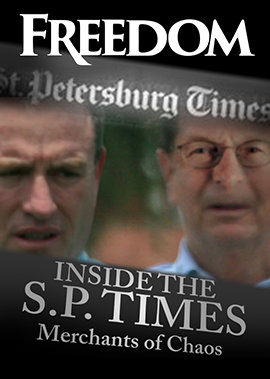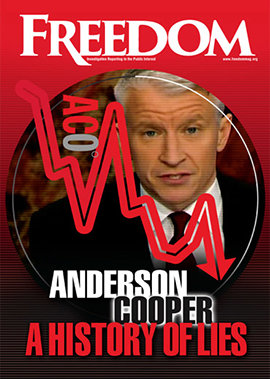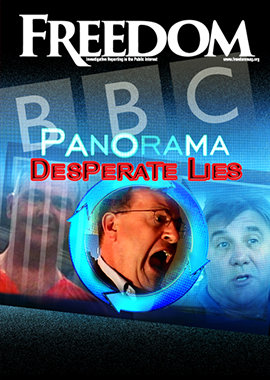Many believe this shrub has dollar bills on its branches instead of leaves.
Those hawking it claim that ibogaine is a one-step quick-fix cure for addiction to opioids like heroin, oxycodone, codeine and other highly addictive habits, including alcoholism.
The primary drug replacements available to date have been methadone or suboxone—drugs that must be taken at a clinic every day, and thus only replace one addiction with another.
But isn’t that exactly what ibogaine does, too?
The drug is famed for its intense hallucinogenic properties. Users experience dazzling visual effects and often disturbingly vivid recollections of past-life experiences in a high that can last for 24 hours or more. Ibogaine is considered to be more powerful than many other mind-altering drugs like LSD, peyote or psilocybin.
Quite the cure-all.
Break out the bright-colored lights, the banjos and dancing girls, because the latest snake-oil medicine show is coming to town. And it’s a doozy.
A Cash-Cow Crisis
America is in the midst of an overwhelming opioid addiction epidemic.
Scientology Founder L. Ron Hubbard was certainly right when he said, “Research demonstrates that the single most destructive element present in our current culture is drugs.”

According to the latest available figures, a staggering 6.1 million Americans over the age of 12 are addicted to opioids, while 80,411 died from opioid overdoses in 2021.
Ibogaine is being marketed as a “cure” for that crisis, and for another: depression.
One in six Americans take antidepressants and, among women in their 40s and 50s, that number increases to one in five.
That’s why pharmaceutical companies like ATAI Life Sciences and MindMed are looking into developing ibogaine-like drugs to tap into those huge markets.
Add together the 6.1 million opioid addicts and the one in six Americans popping antidepressants, and big-money investors begin salivating at the prospect of the gravy train ahead.
A Lethal “Fix”
If ibogaine could cure addiction and depression, it would indeed be an amazing miracle drug.
Problem is, it can’t.
There are no scientific controlled studies of the efficacy of ibogaine therapy. Not one.
Despite supporters’ claims that one treatment of ibogaine cures addiction, at best it’s an addiction “interrupter” that eases or eliminates withdrawal symptoms. That means you get to skip your addiction for a little while and then it’s back to the old pills or needles. It’s a vacation from one drug while you take another.
A 2011 study of 30 patients in Mexico found that 11 patients relapsed within four weeks of taking ibogaine, while another eight relapsed within three months.
The surge of ibogaine interest comes not from controlled scientific studies, but from anecdotal evidence, largely from drug addicts who have found some “relief” from ibogaine—and we all know how reliable a source addicts can be about drug effectiveness, right?
Not only doesn’t the hallucinogenic cure addiction, it’s been shown to be lethal.
The risk of death from ibogaine caused the National Institute of Drug Abuse (NIDA) to halt experimentation in 1995, according to Frank J. Vocci, who presided over NIDA’s ibogaine research at the time.
“Ibogaine has the potential to induce fatal cardiac arrhythmias,” The New York Times reported. “At least two dozen deaths have been associated with ibogaine in recent decades.”
Arrhythmia is a change in the pace of the normal heartbeat, which can accelerate wildly or beat too slowly or irregularly, causing heart palpitations, a disrupted blood flow to the body, stroke and even cardiac arrest.
“Despite ibogaine’s … mainstream acclaim, literature regarding its potential to induce potentially fatal heart arrhythmias and case reports on ibogaine-associated fatalities are accumulating as its pharmacology is further studied,” wrote Christopher Teske of Psychedelic Science Review.
It’s Illegal
Ibogaine is illegal in the US. It was outlawed in 1967, and the Drug Enforcement Administration still considers it a Schedule I controlled substance with no accepted medical use and a high potential for abuse—in the same class as LSD and heroin.

The road to drug acceptance by the FDA usually involves lengthy testing in controlled studies, both on animals and humans, and peer-reviewed results. There haven’t been any yet for ibogaine.
So there’s only one way to get ibogaine legally: Travel to Mexico, Costa Rica, the Netherlands, Brazil and New Zealand, where private “clinics” offer ibogaine “therapy” at a hugely inflated price.
You can spend up to $15,000 per week at these clinics, not counting airfare.
“International options, often referred to as ‘ibogaine tourism,’ involve traveling to countries where ibogaine treatment is legal or unregulated,” reads the website NeuroLaunch. “The quality of care can vary widely between clinics, and patients may find themselves far from home and their support networks if complications arise.”
The “complications,” put simply, are death.
“I have a folder of over 60 ibogaine deaths,” said Dr. Jeffrey Kamlet, an ibogaine expert and former president of the Florida Society of Addiction Medicine. “Every single one of those could have been avoided. Every single one.”
Profits Over Prevention
Fanfare over ibogaine is coming from vested interests in encouraging its use, like operators of high-priced foreign ibogaine centers or others with profiteering motives.
Delix Therapeutics in Boston has seen over $100 million of investor funds flow into its efforts to develop a form of ibogaine without the toxicity or hallucinogenic properties.
NIDA has awarded Delix an enormous grant of $320,000 in taxpayer funds to study the drug, eerily entitled DLX-007.
With a name like that, will the drug have its own Bond-style “license to kill”?
Bryan Hubbard, former chairman and executive director of the Kentucky Opioid Abatement Advisory Commission, is one of ibogaine’s biggest advocates. He was getting Kentucky to dedicate $42 million out of its opioid settlement fund to research ibogaine as a miracle cure.
But that all ended when Russell Coleman became attorney general of Kentucky and fired him.
“There’s been a lot of ink spilled on ibogaine,” Coleman said. “My concern is that we are not focused as intently as we should be on the prevention piece of this.”
Exactly.
In other words, let’s not just give up the fight, switch one drug for another and pretend we actually solved something. Instead, how about we put our resources toward other forms of effective rehabilitation—or better yet, try to prevent drug addiction in the first place?
Instead of battling existing addiction, instead of making investors wealthy and conducting research over the bodies of the dead left behind, wouldn’t it be better to put our resources and hopes toward a program like the Church-sponsored Drug-Free World campaign, where young people are given the straight truth about the sinister, false promises of drugs?
After all, we have found that it works.
Wouldn’t it be better to stop it—before it starts?








